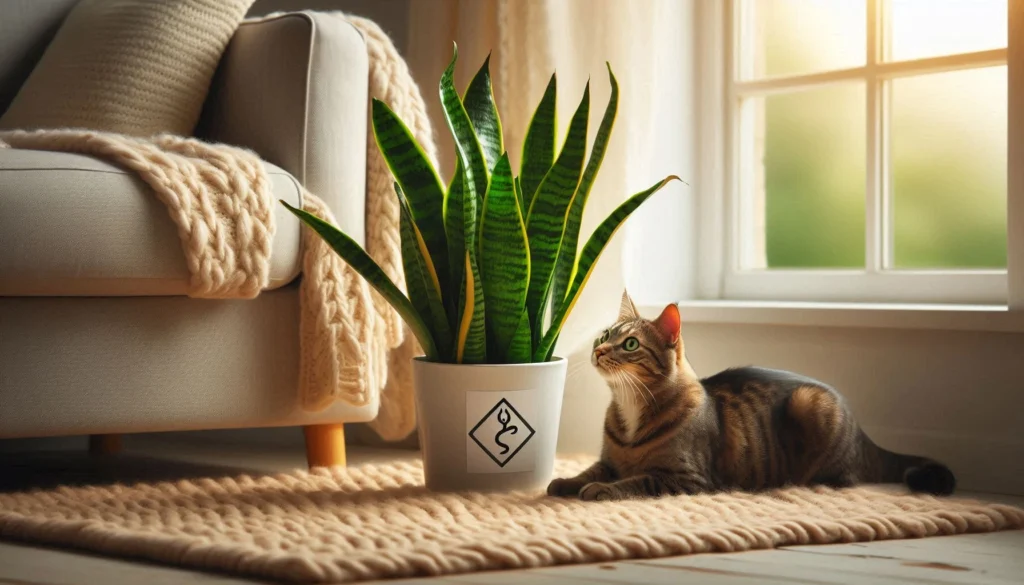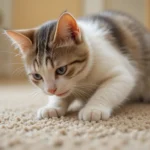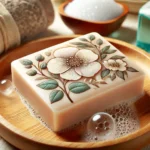Table of Contents
Sansevieria or snake plants, are popular choices for their sleek, upright leaves and the ease with which they flourish in low light. These plants are house staples for many because of their low maintenance and some air-purifying quality. But when it comes to a household that includes pets, especially cats, there’s a question on everyone’s mind: Are snake plants toxic to cats? While these beautiful plants adorn our homes with vivacity, they can be quite perilous for our kitty friends. This post will tell us whether snake plants are toxic to cats, symptoms of poisoning, and how to get your pets away from houseplants safely. Knowing those risks by the end, you’ll know what to do if your cat stumbles upon this one.
Understanding Snake Plants
What is a Snake Plant?
One variety that is known widely and easily identified, especially with the sword-shaped leaves in patterns of green variegation, is the snake plant. They are very much loved as non-fussy houseplants. Being known as tolerable plants that can even survive in adverse conditions like minimal artificial light, infrequent watering, and dry indoor air, they can still thrive. Their elegant leaves make them a great decoration for homes, offices, and bedrooms, bringing not just beautiful aesthetics but fresh air as they absorb harmful toxins in the air. With different species such as Sansevieria trifasciata and ,Sansevieria cylindrica, these plants bring aesthetic effects and also health results.
Why are snake plants very popular among home owners?
Snake plants have become popular for several reasons. Snake plants have a characteristic of thriving on dim and bright lighting, but they can survive in any indoor environment. They also are low maintenance; you only need to water the plant when almost about to dry off; they do not require fertilization regularly. Their toughness, not demanding much, makes it perfect for families that are usually busy. Other than these features of the snake plants, it also enhances air quality inside homes. NASA research has revealed that snake plants extract toxic substances, making them a useful house plant when put in indoor environments.
Whether or not snake plants are harmful to cats is an important consideration for those planning to have feline pets and use the plant indoors. Toxic Constituents in Snake Plants
While snake plants are known to improve air quality greatly, they do contain something called saponins, which have been implicated as toxic. The naturally occurring molecules are part of the defense mechanism for the plant because they protect it from insect, fungus, and animal attacks. When ingested, the saponins cause mild to moderate reactions in cats, from discomforts to irritation. Still, the toxicity is not fatal, but pet owners should still be aware of the dangers.

What Are the Effects of Snake Plant Toxins on Cats?
If your cat consumes any portion of a snake plant, it may trigger symptoms such as drooling, nausea, vomiting, and diarrhea. It’s because the saponins irritate the digestive system of your cat. Usually, it causes no great harm, but still, for the cat itself, it makes an uncomfortable period. Depending on the amount ingested, your pet may also exhibit signs of lethargy and a loss of its appetite. However, do bear in mind that each cat is unique and reacts differently with symptoms varying from one case to another.
Degree of Poisoning
Snake plant poisoning is certainly something taken seriously, though not fatal. Symptoms are generally consistent with the amount of snake plant ingested by your cat. Some may only experience mild reactions, whereas others may cause more significant distress. Most cats will get back to normal once they receive the proper care and attention after being exposed to the snake plant.
What to Do If the Cat Eats a Snake Plant
Identify the signs.
If the cat has nipped your snake plant, you must monitor for drooling, nausea, vomiting, or diarrhea. Symptoms appear to be almost immediate, coming within a few hours of ingestion. Even though symptoms are minor, one does not take them lightly. Changes in behavior, such as lethargy or hiding, may also suggest your cat is in poor condition.
Immediate Actions
Once you suspect your cat has ingested snake plant, take out any remaining plant material inside the mouth and provide a generous supply of clean drinking water to help flush out the toxin in the system. Do not induce vomiting except on the vet’s advice as this may exacerbate the irritation. Keep an eye on the cat and refer further for instructions from a vet if symptoms are persisted.
When to Call the Vet
If your cat continues with the signs listed above, such as vomiting, diarrhea, or lethargy, over some time or appears to be worsening, call your vet. Such persistent signs could indicate that the reaction is more serious, and your veterinarian may counsel bringing your cat in for observation or treatment. He may be able to provide specific orders given the state of your pet.
Safety Tips for Pet Owners
Non-Toxic Alternatives to Snake Plant
If you are worried that you’ll have poisonous plants on the ground around your home, have alternatives that are safe for pets. There are lots of them, including spider plants, Boston fern, and bamboo palms, that are harmless should your little friend ingest them. They bring the same visual appeal as the snake plants as they still allow you to bring nature indoors without having you feel crumby about their toxic properties.
Designating a Pet-Free Zone
One good solution is to establish certain pet-free areas within your home. It goes a long way by placing plants on the higher shelves, using suspended pots, or even setting up a room dedicated to plants where your cat cannot reach them. Additional means of keeping curious cats away from plants are the use of decorative barriers or plant stands for the pets.
Use Repellents
Besides physical repellents, there are other natural forms of repellents, which will help deter the cats from the chewing of the plants. Spraying citrus peels, diluted vinegar, or commercially available pet-safe repellents is highly recommended. This way is safe and effective to keep your plants secured without harming your feline friend.
Watch Your Cat’s Behavior Around Plants
Observe your cat’s behavior around houseplants. Some cats will never be interested in chewing plants, while other cats just cannot resist them. It will give you a clear idea of whether you need to take extra measures from the way your cat behaves around plants. Another way of training your cat about certain areas or plants is beneficial in avoiding them.

Long-Term Prevention Strategies
Cat-Safe Indoor Gardens
It is a great solution for pet owners who love plants because they can create a cat-friendly indoor garden. That way, you can enjoy greenery with non-toxic plants arranged safely around your cat. Consider plants such as areca palms, marigolds, or cast iron plants, which are nontoxic and visually appealing.
One should be aware of poisonous plants to cats to ensure the safety of any pet owner. Therefore, one should be aware of the plant toxicities before bringing new plants into your home to avoid probable medical issues. Generally, most house owners should have an idea of common poisonous plants for pets and keep them away from living areas. Online resources like the ASPCA also provide dependable lists of safe and harmful plants to pets.
Conclusion
In a nutshell, though snake plants have many benefits for indoor air quality and décor, it presents a minor hazard for cats due to the existence of saponins. By taking a few simple precautions, such as keeping them out of reach or choosing pet-friendly houseplants or using deterrents, you can enjoy houseplants in the home, cat-safe. Be prepared to act if an accidental ingestion has occurred by staying vigilant about the behavior of your cat around plants. And with proper planning, you can have those plants harmoniously incorporated in the same space with your pets
Relatable Post
Why Cats Wag Their Tails: A Powerful Guide Read more







2 thoughts on “Protect Your Cats: Snake Plant Safety Tips”